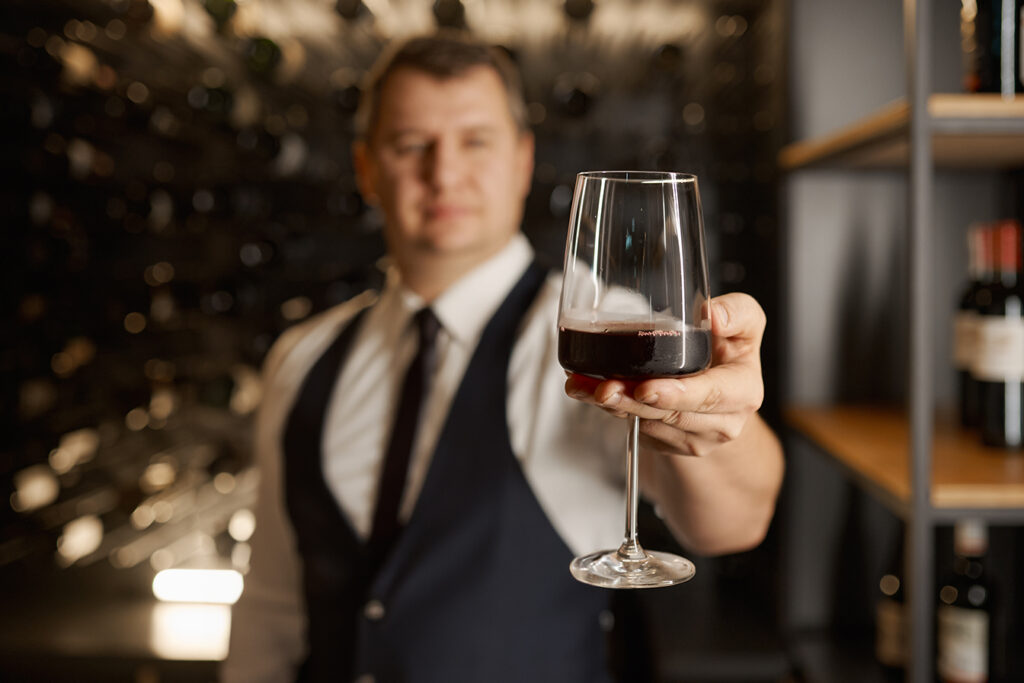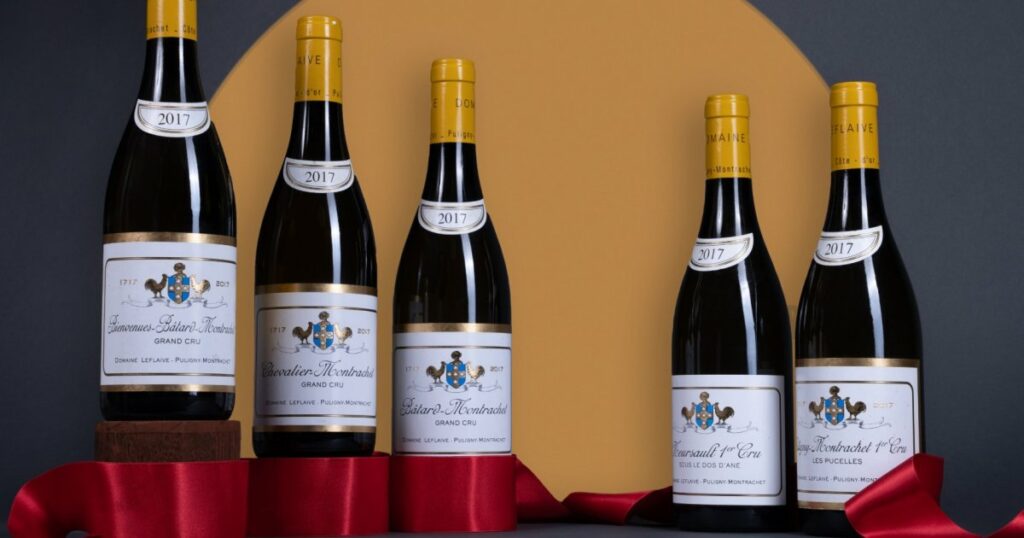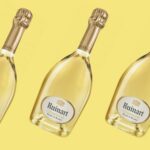Wine is drunk. However, for some enthusiasts, it's best kept, contemplated and admired... but never uncorked. But why? Why create a wine collection if not to enjoy every bottle? The answer lies at the crossroads of passion, emotion, economy and time.
If you're interested in wine-related articles, download our app for IOS or Android. It will give you access to our wine lexicon, our articles and our innovative solution, designed for all wine consumers and collectors.
The wine collection: a visual and symbolic pleasure
A well-ordered wine collection, in a cellar, on a shelf or in a trunk, is a real pleasure. Every label tells a story. Each vintage evokes an era. The bottle becomes an objet d'art, a rare and sometimes mythical object.
Some bottles are collected in the same way as watches, stamps or works of art. They embody an expertise, an era, an emotion. We don't open them, not out of snobbery, but out of respect for what they represent.
Emotional value sometimes outweighs taste
Affective value plays a fundamental role in this approach. A bottle can be a reminder of a trip, an important event, an encounter. To open this bottle would be to erase the memory, to interrupt the link.
Some people keep bottles given to them by a loved one who has passed away, or bought at a wedding or birth. These wines remain sealed in time. They protect a moment, an emotion, a symbol. To drink them would almost be a betrayal.
Wine investment: between speculation and strategy

Wine as an investment is attracting more and more enthusiasts. Bottles from prestigious estates are doubling, tripling or even more in price in just a few years. Wine is becoming a tangible, concrete asset, valued by the markets.
Those who buy for this purpose don't sell. They store, add value, then sell. The wine collection becomes a portfolio. Each bottle represents an investment, an asset strategy.
These collectors look at their bottles with the same logic as a real estate investor. Emotion gives way to profitability.
The challenge of controlled aging
Aging wine is a delicate art. It takes time, patience and the right conditions. Some wine lovers like to observe the wine's evolution, without ever taking the step of opening it. They test their ability to keep, to preserve, to control.
Collecting wine becomes a kind of personal challenge. How far can this bottle go? Will it reach 20, 30 or 40 years? Time becomes a partner. The collector becomes a silent guardian.
Anticipation stronger than tasting
Sometimes the imaginary surpasses the real. The pleasure of imagining what a bottle will taste like is stronger than the actual experience. Some prefer to keep this mystery intact, rather than risk disappointment or banality.
The dream wine remains perfect. The wine drunk may disappoint. This tension between expectation and reality feeds the emotional value of certain bottles. We keep them for fear of breaking the magic.
Wine as heritage and transmission

Many collectors don't just think of themselves. They're building a wine collection for their children, their grandchildren, or for future generations. Wine becomes a liquid memory, a heritage to be passed on.
Each bottle tells the story of an era, a taste, a vision. It becomes a family testimony, a trace of the past. Wine is no longer a drink, but a legacy, a bridge between generations.
Fear of choosing the wrong moment
Some people keep bottles for fear of making a mistake. To open too early is to waste potential. To open too late is to risk oxidation. This constant hesitation sometimes leads to inaction.
The absence of reliable tools or benchmarks blocks the decision. The wine collection grows, but never diminishes. Doubt takes over from desire. Wine becomes decoration, not a drink.
Cellars designed to last, not to be emptied
More and more wine enthusiasts are investing in high-performance, automated cellars with temperature and humidity control. This equipment favors long-term preservation. They encourage people to keep bottles rather than open them.
When the emotional value of a bottle increases over time, it makes sense to keep it. Wine takes on value, meaning and memory. We prefer to wait, or simply never open it.
An aesthetic, almost museum-like approach
Some collectors build real galleries. Bottles are classified by vintage, region and rarity. The labels are framed, the bottles highlighted.
Wine becomes an aesthetic object. It becomes part of an artistic process. It is exhibited, photographed and admired. It no longer needs to be drunk to be appreciated. The wine collection becomes a painting, a living collection.
What if it's all just another love of wine?
Drinking isn't the only way to love. Some people taste with their eyes. Others taste with their memory, or with anticipation. Wine as an investment, as a symbol, as a personal story, represents another facet of oenological passion.
This choice is neither superior nor inferior to that of the taster. It completes the wine culture. It shows that wine reaches far beyond the taste buds. It touches on identity, memory and the relationship with time.
If you enjoyed this article, please feel free to read the following article "Wine in religion: between symbol, tradition and celebration"which may also be of interest to you!





